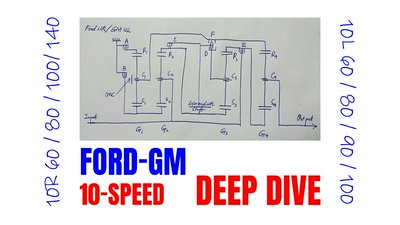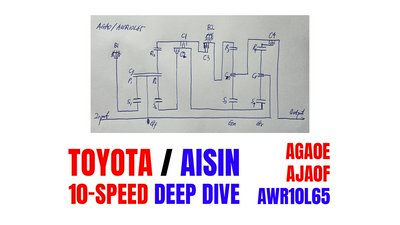techXXX
Ranking Six V8 Diesel Engines in Passenger Cars Made This Century
Today, I rank six V8 diesel engines made this century for passenger cars. This means no truck engines.
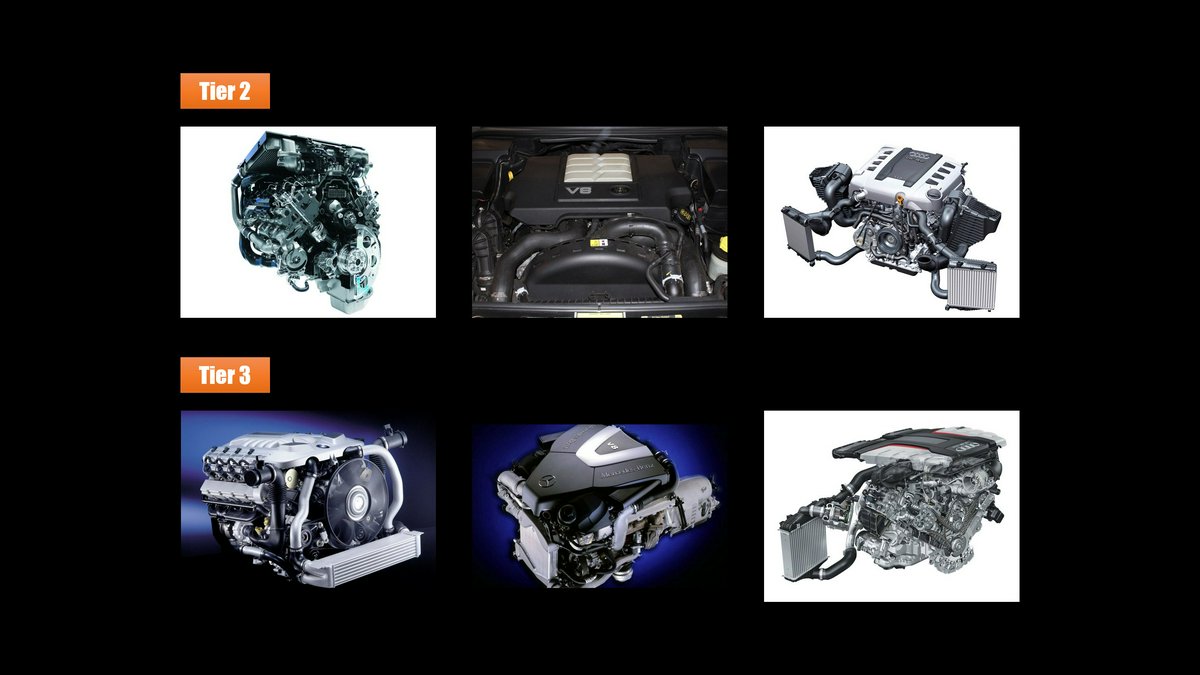
Today, I rank six V8 diesel engines made this century for passenger cars. This means no truck engines.
Instead of having a Tier 1, I would point out that V8 diesel is seldom a good idea, much less in light duty vehicles. Diesel is much less limited by displacement per cylinder. An inline-6 will be stronger, thanks to 7 main bearings instead of 5, simpler, and more serviceable at the same displacement.
When very large displacement is desired, manufacturers preferred the stronger V12. Large diesel engines in marine and stationary applications can have even more cylinders. A V8 is very rarely a good choice. The six engines on this list are there only because their manufacturers could not fit an inline-6 of the same displacement into the small engine compartments they are designed for.
Tier 2
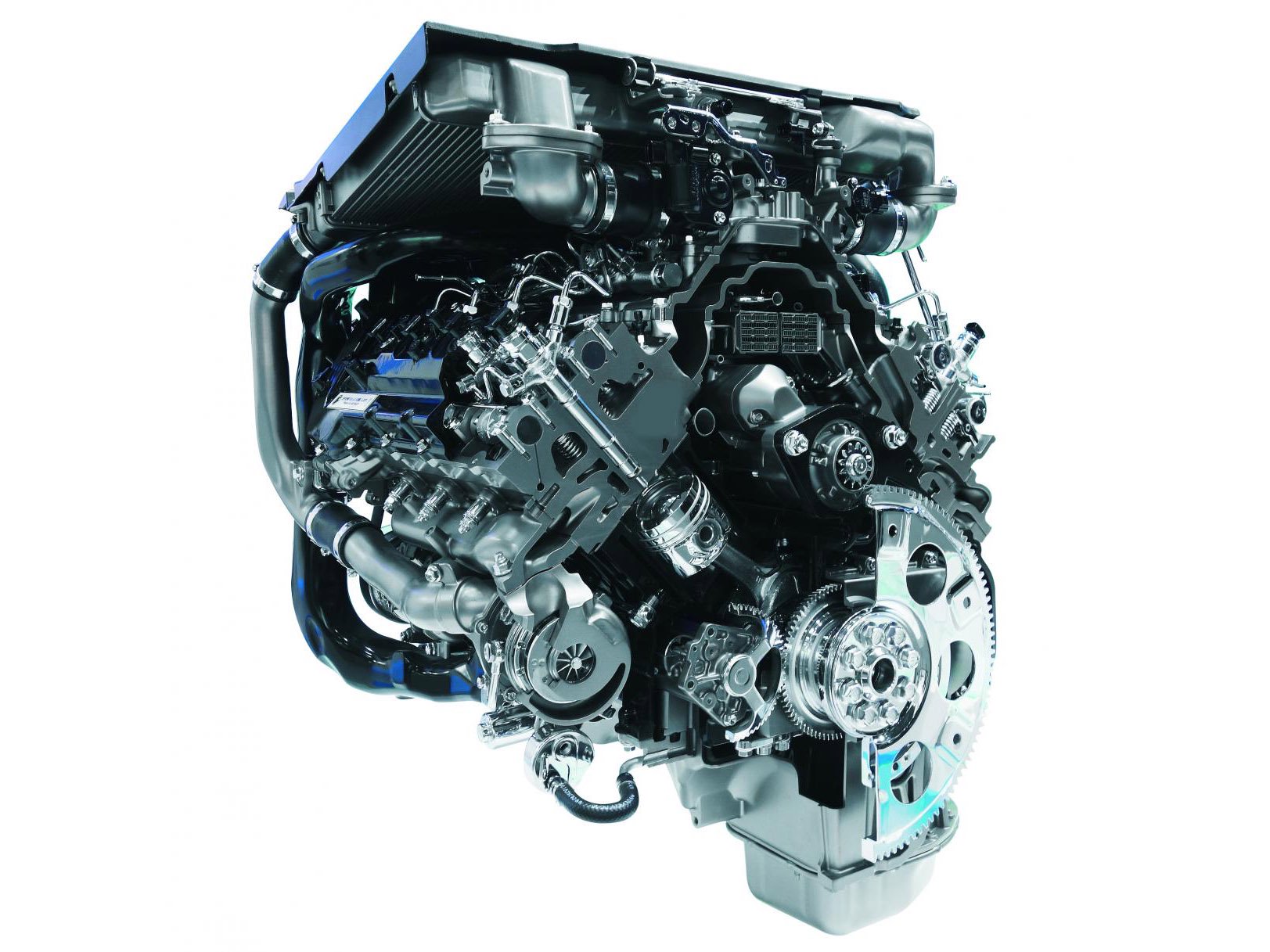
Toyota 1VD
- 4.5L turbo/biturbo
- 86mm x 96mm, 16.8:1
- Nodular graphite cast iron block, air-to-air IC
- Up to 268hp@3400 / 650Nm@1600-2600
- Toyota Land Cruiser, Lexus LX450d
First in Tier 2 is Toyota’s 1VD 4.5L with single or twin turbo variants. This engine has a strong nodular graphite cast iron block and forged steel crankshaft. It uses an air-to-air intercooler strangely mounted on top of the engine. It also uses a unique timing setup with two intermediary gears and two timing chains that drive the intake cams; the exhaust cams are driven by gears from the intake cams. Its oil pumps are also driven by gears.
All these make the 1VD a rather reliable engine. Its downside is its limited performance, even in terms of torque output. In my opinion, it still deserves this spot because most engines on this list are simply unreliable. The 1VD is primarily found in the J70 and J200 Land Cruiser.
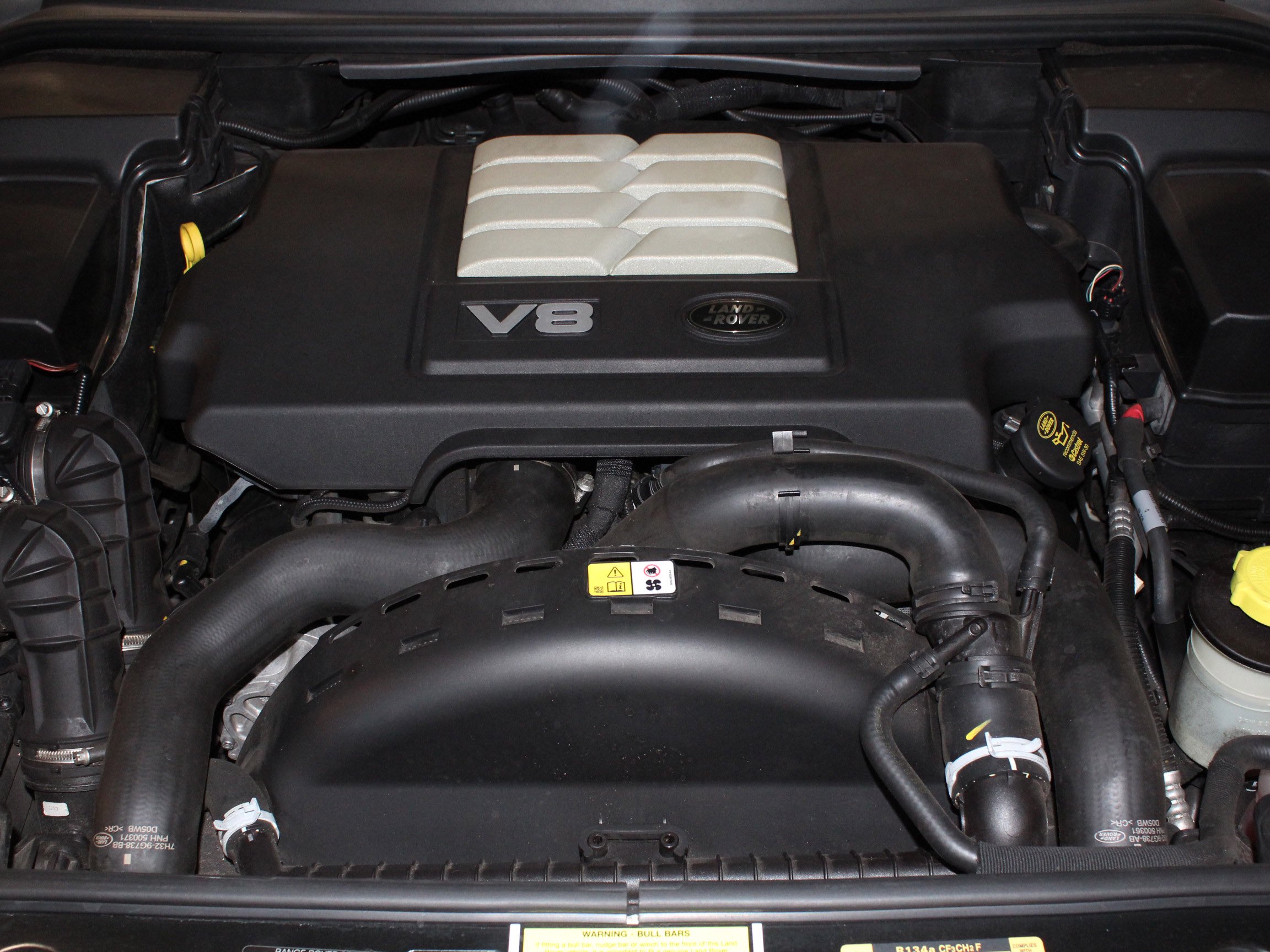
Ford AJD V8
- 3.6/4.4L biturbo
- 3.6: 81mm x 88mm, 17.3:1
- 4.4: 84mm x 98.5mm
- Compacted graphite iron block, air-to-air IC
- 3.6: 268hp / 640Nm
- 4.4: 335hp / 700Nm
- Land Rover Range Rover
Next up is the biturbo V8 made by Ford for Land Rover in the 2000s. Originally, the engine had a displacement of 3.6L; this was increased to 4.4L after three years of production. Both were marketed as TDV8, but the 4.4L version is appreciably more powerful and much more reliable. In fact, the 3.6L alone should be in Tier 3.
This engine used compacted graphite iron block that is lighter yet stronger than traditional cast iron. When fitted into the Range Rover for two generations, the 4.4 TDV8 was about the most reliable unit on offer.
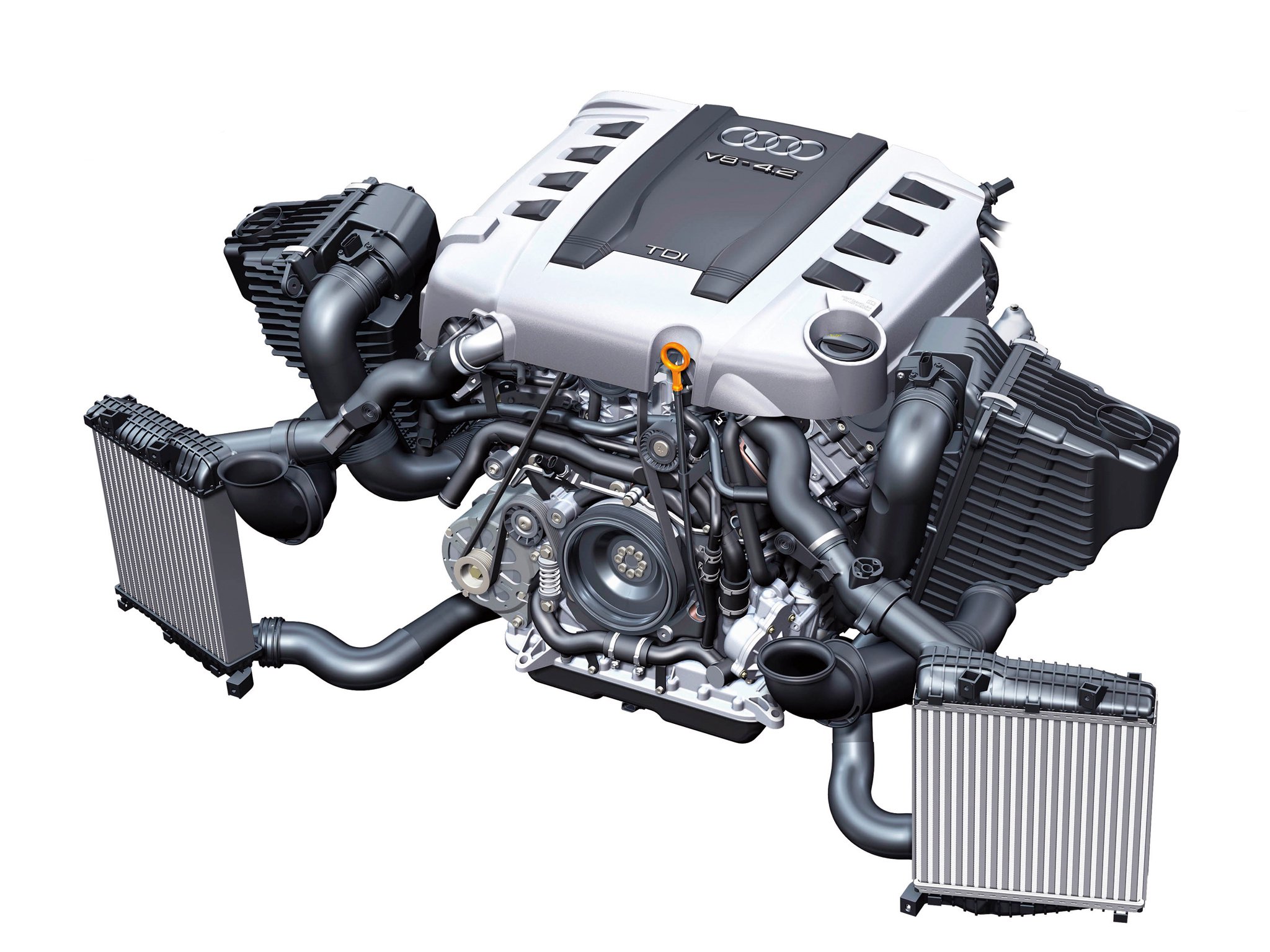
Volkswagen 4.0/4.2 TDI
- 3.9/4.1L biturbo
- 3.9: 81mm x 95.5mm, 17.5:1
- 4.1: 83mm x 95.5mm, 16.5:1
- Compacted graphite iron block, air-to-air IC
- 3.9: 271hp / 650Nm@1800-2500
- 4.1: up to 380hp@3750 / 850Nm@2000-2750
- Audi A8/Q7, Porsche Cayenne, Volkswagen Touareg 4.2 TDI
Rounding out Tier 2 is Volkswagen’s 4.0 and 4.2 TDI, displacing 3.9L and 4.1L respectively despite the naming. The 4.0 TDI was the replacement for Volkswagen’s old 3.3 TDI with timing chain. In fact, it bore much resemblance to Volkswagen’s V6, V8, and V10 engines of the era in its use of accessories driven by the timing chain. Unfortunately, this also meant that the timing chain was its weak point, as the same setup must cope with more severe vibrations characteristic of diesel engines.
The engine was bored out to 4.1L just two years after initial introduction, with a slight decrease in compression ratio. The 4.2 TDI is considered slightly more reliable.
In other aspects, this engine is quite comparable to the Ford unit above, with compacted graphite iron block and forged steel crankshaft. It uses two side-mounted air-to-air intercoolers.
The reason that Volkswagen has the timing chain at the back of the engine and uses it to drive accessories is to fit the engine fully in front of the front axle, as has always been the case with Audis. This measure makes the front of the engine narrower.
Tier 3

BMW M67
- 3.9/4.4L biturbo
- 3.9: 84mm x 88mm
- 4.4: 87mm x 93mm
- 3.9: Iron block
- 4.4: Aluminum block
- 3.9: up to 255hp@4000 / 600Nm@1900-2500
- 4.4: up to 325hp@3800 / 750Nm@1900-2500
- BMW 740d, 745d
Starting with Tier 3, I have BMW’s M67 biturbo engine. Originally, it displaced 3.9L but was named M67D40; this had a cast iron block. Towards the end of M67’s production run, it grew to 4.4L and gained an aluminum block. The 4.4L unit is appreciably more powerful.
As one would expect, neither is particularly reliable. However, the M67 shares much of its technology with the M57 inline-6 turbodiesel, which is about as reliable as a BMW engine gets. On the downside, the M67, being considerably heavier and much harder to work on, is only slightly more powerful than the M57. This is why BMW did not sell many of these and fewer have survived till now.
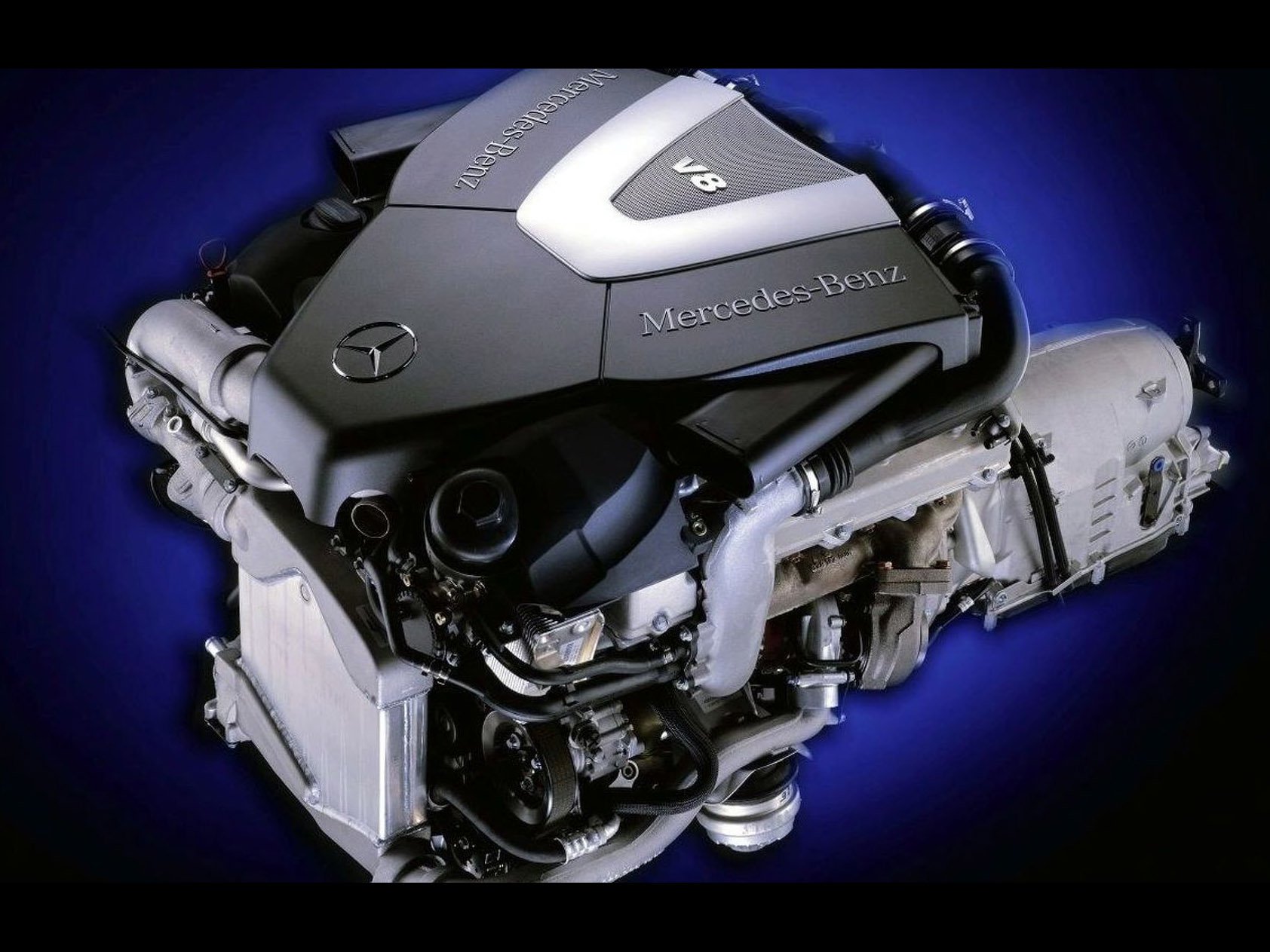
Mercedes OM628/OM629
- 75° 4.0L biturbo
- 86mm x 86mm
- OM628: 18.5:1 / OM629: 17:1
- Aluminum block, air-to-water charge cooler
- OM628: up to 256hp@4000 / 560Nm@1700-2600
- OM629: up to 315@3600 / 730Nm@2200
- Mercedes 400CDI, 420CDI, 450CDI
Not to be outmatched by BMW, Mercedes introduced its own V8 diesel engine a year later with the OM628. This engine uses a unique 75-degree bank angle in order to fit into the engine bay of the E-Class. The design choice necessitated a balance shaft as well as split crank pins. The engine also has the honor, or dishonor, of being the world’s first all-aluminum V8 diesel engine. Strangely, it uses an air-to-water intercooler mounted at the front of the engine, right behind the radiator.
Overall, the engine is considered somewhat reliable, but the design “features” listed above make it a rather weak choice. It also does not help that the engine is barely more powerful than the exceptional OM613 and OM648 inline-6 turbodiesels of the same era.
The OM629 was an updated version that is appreciably more powerful but almost identical design-wise.
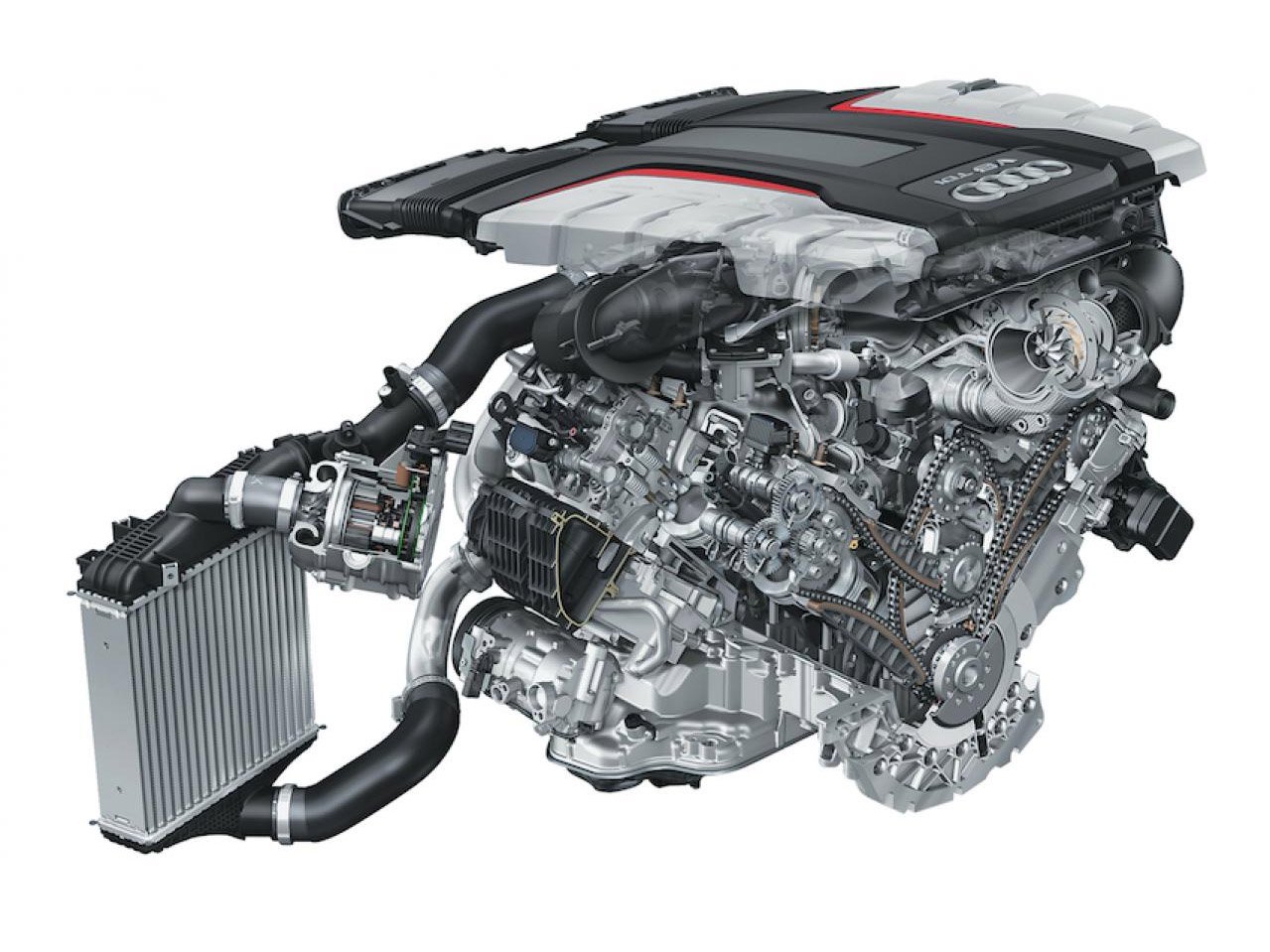
Volkswagen EA898
- 4.0L biturbo hot-V
- 83mm x 91.4mm, 16:1
- Compacted graphite iron block, air-to-air IC, electric supercharger 48V
- Up to 429hp@3750-5000 / 900Nm@1000-3250
- 2016+ Audi, Bentley, Porsche, Volkswagen V8 diesel
Last is Volkswagen’s EA898 4L hot-V biturbo V8 with 48V mild hybrid system and an electric supercharger. Without doubt, this is the most advanced engine on this list: It is the only engine with a hot-V setup with inverted heads and turbos between the cylinder banks. It is also the only unit with a 48V system. The latter is responsible for greatly simplifying the timing setup of the engine compared to its aforementioned predecessor.
The engine’s advanced systems make it the best performer on this list, reaching a specific output in excess of 100hp in a diesel. However, the EA898 was designed to be Euro 6-compliant. It is also made after Volkswagen’s diesel emission scandal. All these forced Volkswagen to use lightweight designs all around and to reduce the oil pressure, among other non-cheating tricks. Unfortunately, the engine is neither reliable nor durable as a result.


